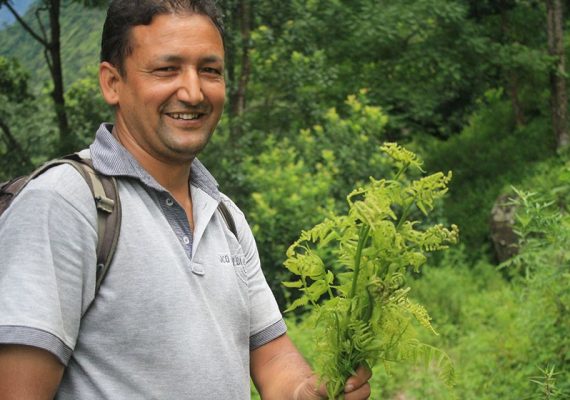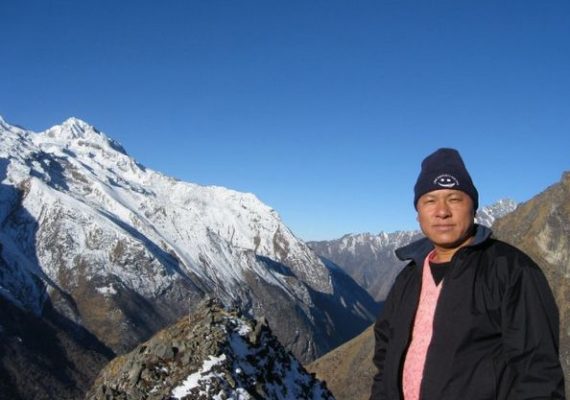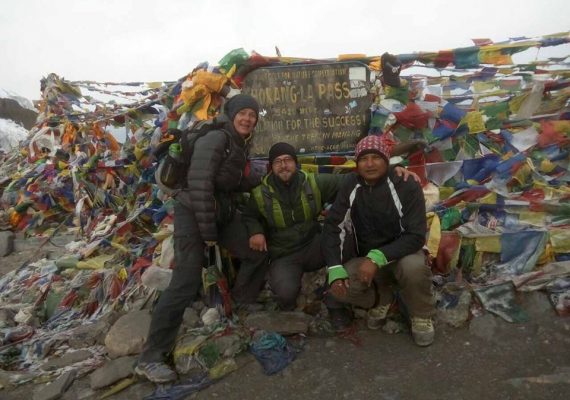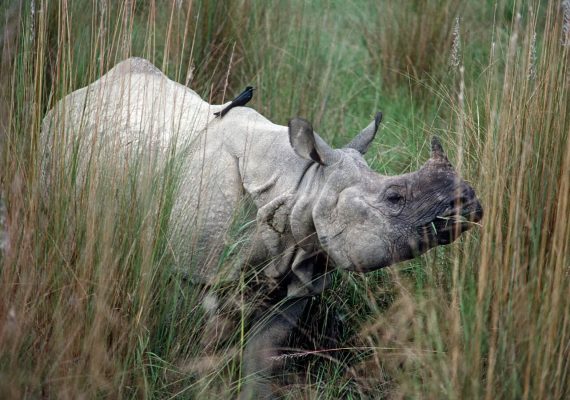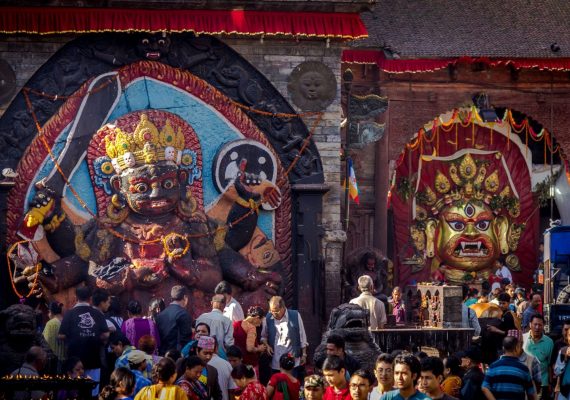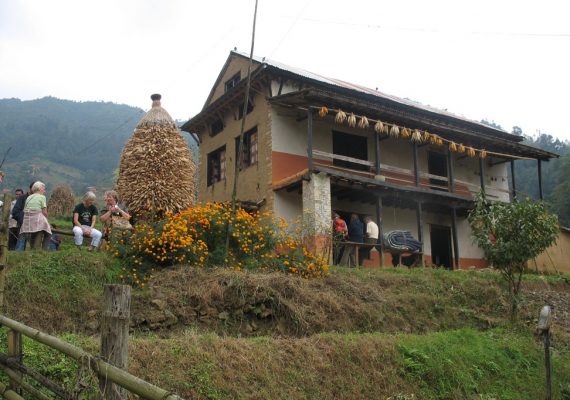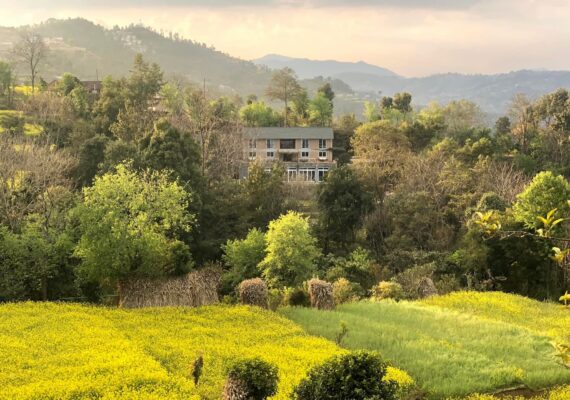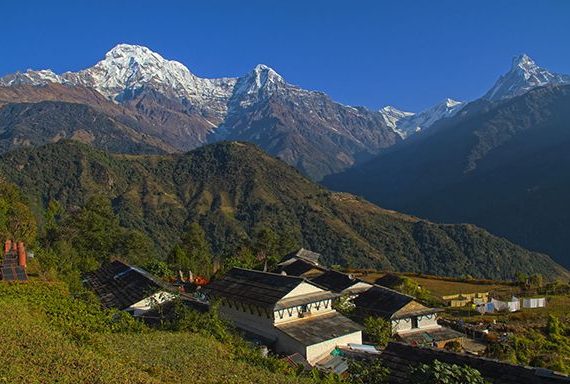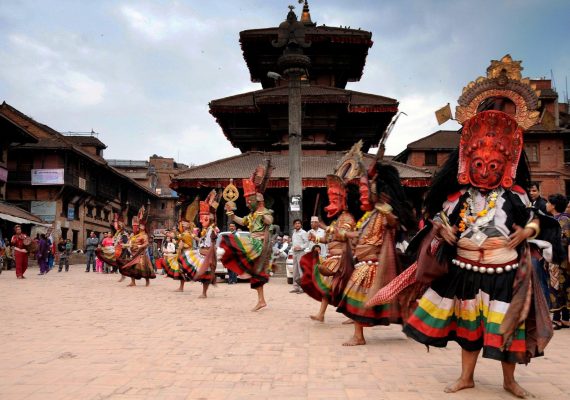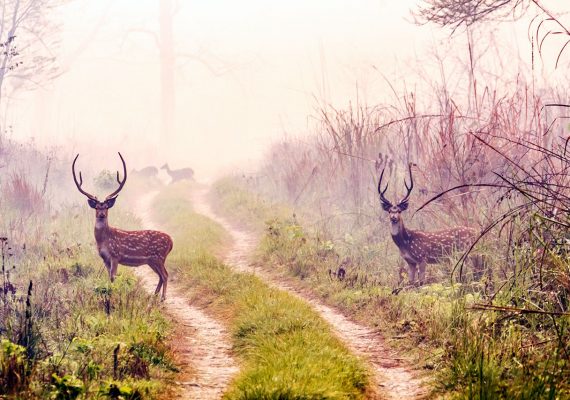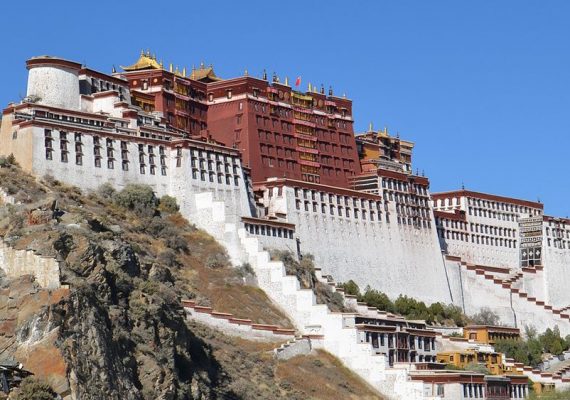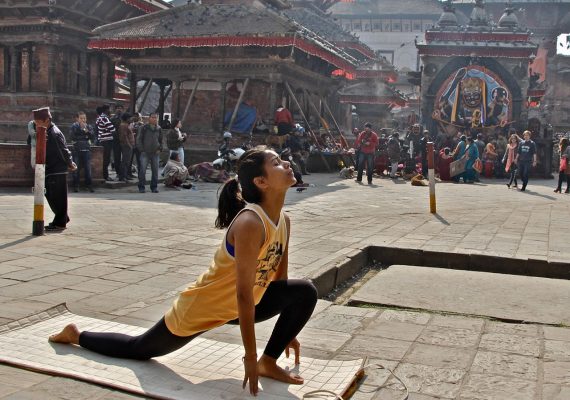Menu
Menu
Tour Details
For seekers of insights into Buddhism, there could be no better place to visit than the birthplace of Buddha himself. The Explore Nepal invites you on a worthwhile spiritual journey delving deeper into Buddha’s teachings at several renowned monasteries. You will also get a chance to witness the age-old religious harmony between Hinduism and Buddhism in Nepal, which has been remained undeterred for generations.
Our representative will meet and greet you at the airport and transfer you to your hotel.
Overnight at your hotel in Kathmandu.
After breakfast, we begin sightseeing with a short drive to Swoyambhunath Stupa and then an hour drive to Pharping Monastery. We join other pilgrims on the clock-wise pilgrimage circuit of Pharping (Parikrama in Nepalese, Kora in Tibetan) and visit Chovar George while returning to Kathmandu.
Swoyambhunath Stupa, is one of the holiest, oldest Buddhist stupas in Nepal overlooking and giving a panoramic view of the city. It is said to have evolved spontaneously when the valley was created out of a primordial lake more than 2000 years ago. The Stupa, painted with the eyes of the omnipresent god, forms the centerpiece of the temple complex. It has numerous shrines, temples, deities and monasteries on its premises standing out as a hallmark of faith and harmony among Buddhists and Hindus.
Pharping is a culturally prosperous and thriving Newari town identified as the sacred site of Hinduism and Buddhism where Guru Rinpoche (Padmasambhava, known as lotus born God) attained the level of a “Mahamudra Vidyadhara”. It is also an ancient Buddhist pilgrimage site that has been taken by large number of Tibetans and Nepalese Buddhist devotees. This village is famous for religious Buddhist monasteries, Shesnarayan Temple, Bajra Yogini Temple, Gorakhnath Temple and Guru Padmasambhava meditation cave. It is believed that he got enlightenment at Asur Cave. Recently numerous Buddhist monasteries have been built in the area.
Chovar Gorge, according to legends, was created when Buddhist deity Manjushree chopped out the hill with single blow of her mighty sword and released the water out of the valley. Countless Nagas (snakes) were washed out of the valley with the flowing water but Kartotak; King of Nagas (snakes) made it nearby Taudaha pond beside the road to Pharping. Geologist and theologians rarely find common ground but everyone agrees that eons ago Kathmandu valley was a lake and the hill of Swoyambhunath was an island.
Overnight at your hotel in Kathmandu.
After breakfast, sightseeing of Bouddhanath Stupa and drive 1.5 hrs through the scenic countryside to Namobuddha Monastery. You can meditate, attend afternoon Puja (ritual) ceremony, talk to Ani (Woman Monk) about their ways of life and Buddhism. Evening return to Kathmandu.
Bouddhanath, built in the 14th century is the world’s largest stupa and the holiest Buddhist temple outside Tibet. It is the center of Tibetan culture in Kathmandu with rich Buddhist symbolism, architecture and a site of pilgrimage, meditation and great veneration for Buddhists and Nepalis.
Namobuddha Monastery is one of the most sacred Buddhist sites in Nepal, with its famous Stupas and the Tiger’s Den. It is believed the ancient Buddha was born here as a prince and he selflessly sacrificed to feed a starving tiger with his own flesh. We also get a chance to see amazing views of the Himalayas including Gaurishankar Himal on a clear day.
Thrangu Tashi Yangtze Monastery is also an important site at Namo Buddha. You can attend an early morning or afternoon Puja (ritual) or just explore the grounds.
Overnight at your hotel in Kathmandu.
We fly early morning to Bhairahawa Airport after breakfast, drive 45 mins to Lumbini, check-in to the hotel and rest for a bit. In the afternoon, we go to visit White Gompa, also known as World Peace Pagoda and explore it's surroundings.
World Peace Pagoda is a Buddhist stupa built to inspire peace, to provide a focus for people of all the races and creeds and to help unite them in their search for world peace. It was built by Nipponzan Myohoji monks of Japan just outside the main area of the site. The beautiful white pagoda has a gleaming golden colored statue in the center of the pagoda. This golden statue of Gautama Buddha is believed to be in the same posture during the birth of Buddha. There is a belief that the bottom of the stupa is the graveyard of the Japanese monk murdered by the Anti-Buddhist during the construction of the pagoda.
You will also visit various monasteries and temples built by foreign nations which include Myanmar Golden Temple, The Great Drigung Kagyud Lotus Stupa, Dharma Swami Maharaja Buddha Vihar, Royal Thai Buddhist Monastery, etc. These monasteries and Gompas are some highlights of what you will encounter in the Lumbini. Being the birthplace of Gautama Buddha himself, Lumbini is graced by many beautiful architectural pieces from many countries around the world. You will also encounter many historical artifacts and monuments, and you will certainly know more about the life of Lord Buddha.
Overnight at your hotel in Lumbini.
After breakfast, start walking and tuktuk (rickshaw) tour of Lumbini Garden. The major attractions are:
Maya Devi Temple is most famous monument at about 2300 years old. It has a stone relief having the nativity scene of the Buddha, which is worshipped from the beginning of the Christian era. The bas relief depicts Maya Devi with her right hand holding on to a branch of a Sal tree with a new-born child standing upright on a lotus pedestal, shedding an oval halo around his head. This nativity scene of future Buddha was installed by Malla Kings of Naga dynasty who ruled from 11th to 15th century. Recently Maya Devi sculpture is restored by archeologists. The nativity scene is worshipped both by Buddhists and Hindus.
Ashoka Pillar is the other most important relic in Lumbini. It was first reported in 1895 by Fuehrer. This stone pillar was erected by King Ashoka who reigned in India in the third century B.C. He visited Lumbini Garden in 250 G.C. to pay homage to the birthplace of Buddha, in the 20th year of his coronation.
Puskarni Pond is a famous, legendary, sacred pond. It is believed that Maya Devi took a bath in this pond before delivery. The structure is of a circular nature and has tree projection terraces in a descending order and is riveted with fine brick masonry. Now, for making it attractive, living biota are introduced. This pond was recovered during 1933-34 excavation.
Lumbini Museum also known as Buddhist art gallery is the center of Buddhism. The museum has important findings which constitute in preserving Buddhist culture. You can see many interesting things in a display such as Siddhartha and Yasodhara in the pose, human and animal figurines, punch-marked and Kushana coins, replicas of Buddhist images and photos from the Indian museums and so on. Lumbini museum is dedicated to the life of Gautama Buddha and holds the various artifacts and pictures of Gautama Buddha from the Buddhist sites from all over the world.
Overnight at your hotel in Lumbini.
After breakfast, in the late morning we drive to the airport fly to Pokhara. Upon arrival, we are rewarded with magnificent up-close views of the Himalayas including Dhaulagiri, Manaslu and Machhapuchhre, two of which are over 8000 meters. We check-in to our hotel, relax for a bit and head for boating in Phewa Lake.
Pokhara occupies a broad fertile valley in Nepal’s central hills, south of the Annapurna Massif. Deep gorges created by the rivers, temples and monasteries of varied heritage, boating and photographing scenic reflections of the Annapurna mountains in Phewa lake and enjoying the famous Lakeside night-life market are the major attractions
Phewa Lake: The view of Machhapuchhre reflected in the lake, the Tal Barahi temple in the island middle of the lake, the white stupa on the top of a hill, the paragliders jumping from Sarangkot, the Ultra-light aircrafts soaring up high - all at once can be seized in the mild breeze over the lake while boating
Evening stroll around the famous Lakeside area, as we explore the buzzing tourist market and nightlife of Pokhara with many lively lakeside restaurants and shops. You can use your time to get a message, shop, buy souvenirs etc..
Overnight at your hotel in Pokhara.
Before breakfast Sarangkot Sunrise Tour over the mountains: We leave at 5 am with a short drive to Sarangkot. After a brief walk, you'll reach an observation point to see the marvelous sunrise and the panoramic views of Mt. Machhapuchhre (the sacred "FishTail''), Mt. Annapurna range, Mt. Dhaulagiri, Mt. Manaslu and the beautiful Phewa Lake. Picture light cutting through the horizon, reflecting a palette of colors upon the white-topped peaks of the world's highest mountains. We drive back to our hotel for breakfast.
After breakfast, we visit the World Peace Pagoda, David’s Fall, Jangchub Monastery and Old Pokhara Bazaar. Evening free time to relax and enjoy dinner.
World Peace Pagoda, a massive Buddhist stupa is situated on top of a hill on the southern shore of Phewa Lake. Besides being an impressive sight in itself, the Buddhist shrine is a great vantage point which offers spectacular views of the Annapurna range and Pokhara City.
David's Fall is a charming little waterfall located very close to Gupteswar Gupha, a mysteriously sacred cave that holds special value for Hindus since a phallic symbol of Lord Shiva is perfectly preserved here in the condition it was discovered in.
Jangchub Choeling Monastery is the oldest monastery in Pokhara with traditional Tibetan architecture. It homes a 7 foot Buddha statue, figures and various paintings and texts that portray the life of Buddha from birth to Nirvana.
The Old Bazaar is a traditional market and a colorful gathering place for an ethnically diverse group of traders. The temples and monuments bear a close resemblance to the Newari architecture of Kathmandu Valley and retain much of its original charm.
Overnight at your hotel in Pokhara.
After breakfast, we fly to Kathmandu and can relax for the rest of the day. You can use this day to explore on your own. During your free time, if you are interested, we also offer experiential activities like yoga and cooking classes to learn preparing traditional Nepali dishes at our restaurant premises. Please check our website below to learn more: (https://www.theexplorenepal.com/experiential-tours/)
In the evening, a farewell dinner program with cultural dance and songs at Heritage Restaurant Bhojan Griha (https://www.bhojangriha.com/)
Overnight at your hotel in Kathmandu.
We transfer to airport and fly back home with great memories from your trip.
♦♦♦♦♦♦
